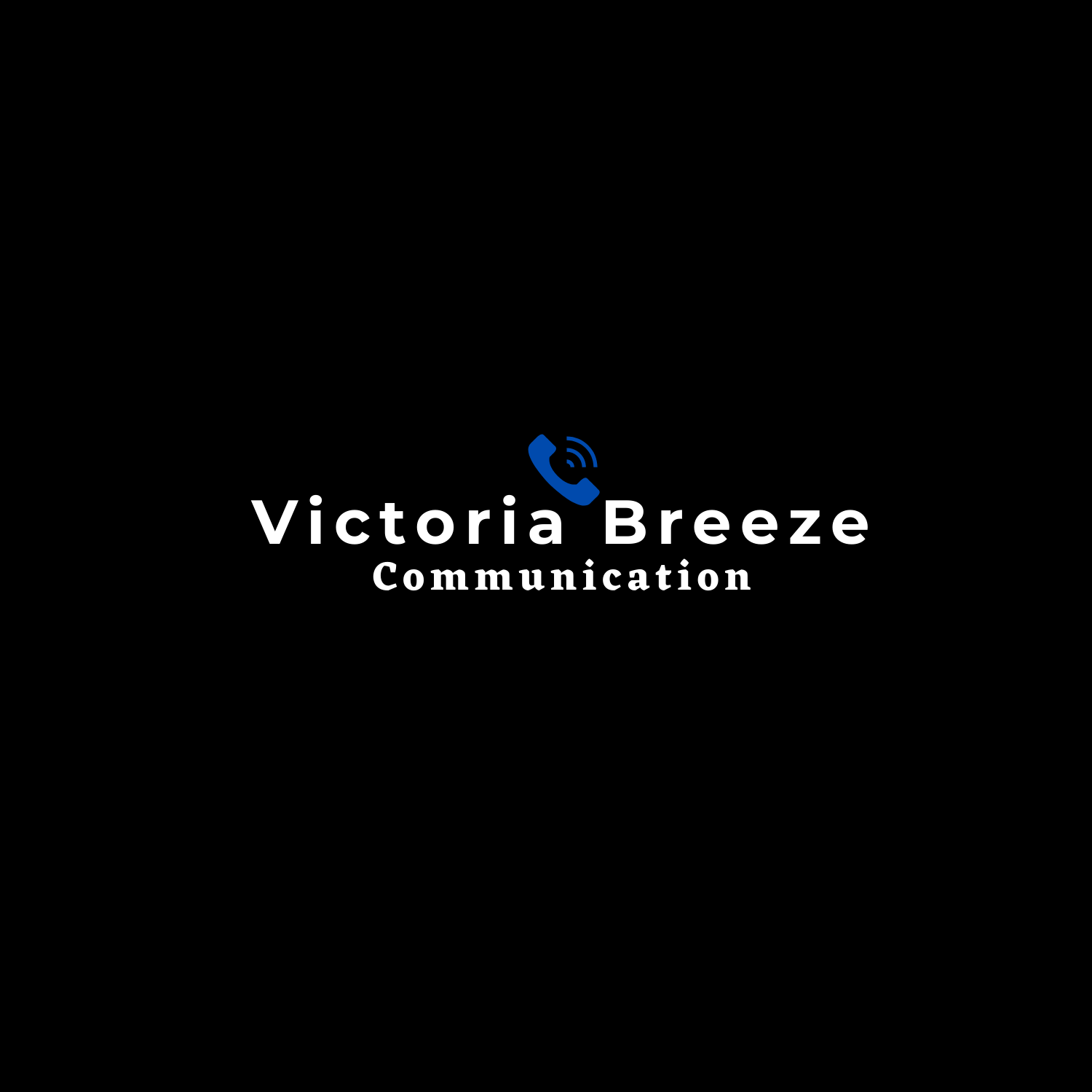Effective internal communication is the central process through which employees share information, create relationships, make meaning and construct organizational culture and values.
Jim Lukazewski (2006) a communication scholar says that; “greatest continuing area of weakness in management practice is the human dimension.”
In good times or bad, there seems to be little real understanding of the relationships between managers, among employees, and interactions between the two.
When there are problems, everyone acknowledges that the cause often is a communication problem. So now what?”
Effective internal communication between a company and its employees enables businesses to fully tap into the unique knowledge, insights, and talents of its people.
Often, the benefits stretch beyond pure profit. More open discussions help build a strong community within a firm, allowing workers to feel confident and happy, and to outperform expectations at their roles.
To develop a corporate culture that is forward-thinking in its approach, thanks to team members who regularly contribute superstar ideas:
How to improve effective internal communication; by Nabitali Victoria Bbosa
Plan:
Be systematic and strategic. Have an editorial calendar that spells out what you’ll say, when you’ll say it, where you’ll say it and how you’ll say it. Develop a checklist of what needs to be communicated.
Measure effectiveness:
Set some objectives and be prepared to assess whether you have met them, whether they are employee engagement goals or perception goals.
You might want to regularly assess engagement levels and ask employees whether the organization has communicated its strategy well. Do they understand how their daily work helps the organization meet its goals?
Facilitate two-way conversation:
One-way communication is a thing of the past. Individuals are empowered to talk back, and feeling “listened to” enhances feelings of trust.
There are many ways to facilitate two-way communication, including face-to-face meetings; “town hall” meetings; interactive video interviews; Twitter questions; employee surveys; Q-and-A features on the employee intranet; and anonymous suggestions via e-mail or suggestion boxes.
Be objective:
Don’t “spin,” or try to dictate or assume how people should feel about the news you’re sharingSay “thank you” as much as possible:
Be clear and concise:
Overwriting and using technical jargon will lead to confusion and misunderstanding.
Set the tone at the top:
CEOs and senior leaders need to set the tone. They need to be visible and accessible, and they need to understand that there’s a correlation between strategic employee communications and the achievement of organizational goals.
Understand your employees:
You may need to communicate differently with different audiences. For custodians who don’t use computers at work, e-mail is ineffective. To determine your employees’ needs and perceptions, consider surveying them regularly: Are they getting the information they need?
Use many channels:
Most people need to hear or see a message multiple times, in multiple ways, to understand it completely. Distribute your messages electronically, in writing, face-to-face and at forums and meetings. Your message should be consistent across all of these channels.
Provide context:
Employees need to hear information at multiple levels. Provide context (what external factors are at play?); explain strategy (why did we decide to respond this way?); and make it personal (how will this affect me?)
Be timely: make employees first!
When you prioritize your communications, always think of your internal people first. Your employees should hear it from you before they hear it from anyone else — they shouldn’t be surprised by a media report.
Be forthcoming and be continuous:
Always communicate, and communicate both good and bad news. If you are honest and candid in sharing bad news, your good news is more credible.
Match actions with words:
If you say you will address a situation in a certain way, do it in order to achieve effective internal communication. If you don’t, you’re undermining your credibility.
Emphasize face-to-face communications:
Although today’s employees may be more tech-savvy than ever, nothing beats human interaction: Most employees want to hear news and information from their supervisors.
Managers need to be trained in how to communicate, and they need to have the right tools at hand. If you are expecting your managers to help explain a complicated change to the organization’s pension plan, you’d better provide them with talking points and handouts.
Create an organizational habit for communications:
You know you need to communicate about policies; health and safety; benefits; and how a job should be carried out.
But remember that you also need to share information about your organization — what are your objectives? How are you performing? What are your plans and prospects? How can employees help?


One thought on “Effective Internal Communication”
Comments are closed.